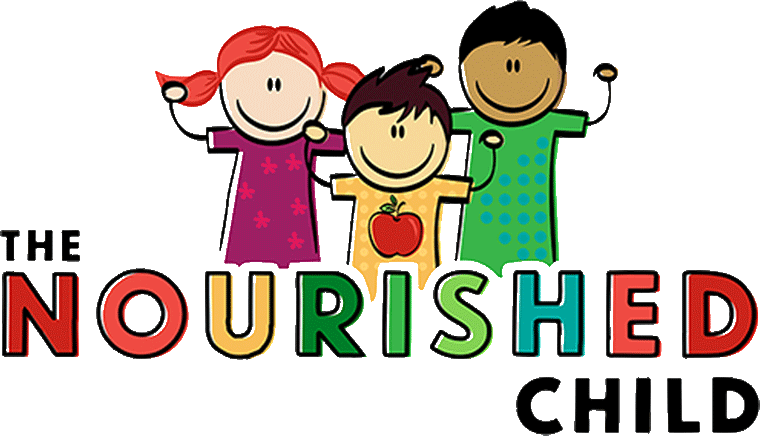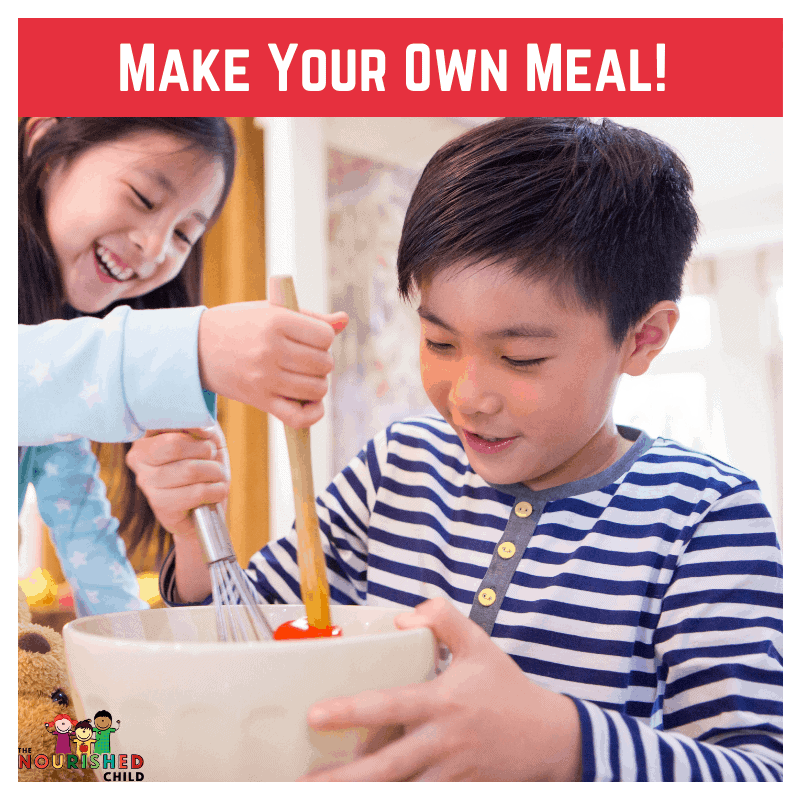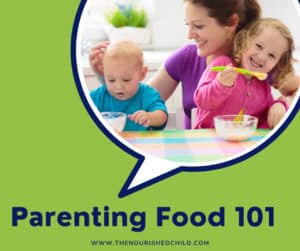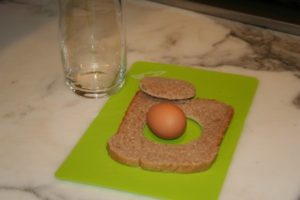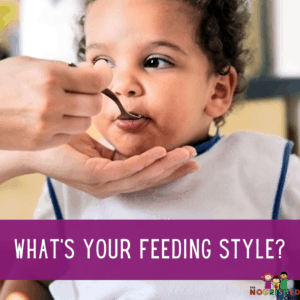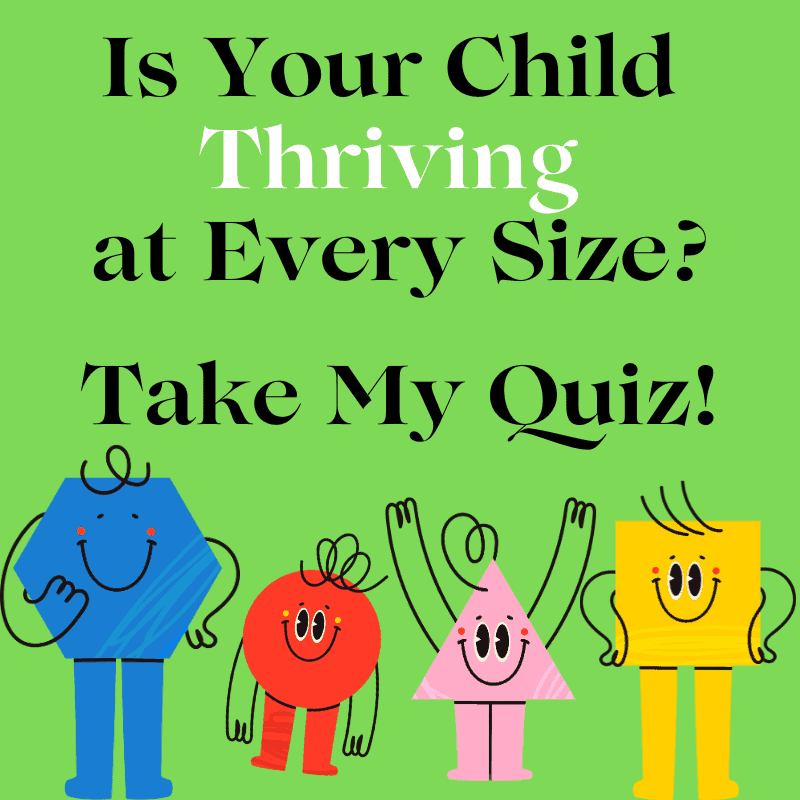The Kitchen is Closed Right Now
April 12, 2020
Have you ever told your child the kitchen is closed?
If you haven’t, you’re missing out on a powerful boundary with kids that can change unhealthy eating behaviors and naturally teach a child to regulate his appetite.
Learn how you can set food boundaries like ‘the kitchen is closed‘ with your kids.
As a pediatric nutritionist, I frequently help parents and their children set boundaries around food and eating.
Setting boundaries is part of the path to becoming better at food parenting. Boundaries are part of using a diplomatic style of feeding.
I teach parents how to do this, but one thing they have questions about is how to set limits around food in a nice way.
I give parents easy phrases to use that help support healthy changes around feeding and eating.
This is one of them.
“The kitchen is closed.“
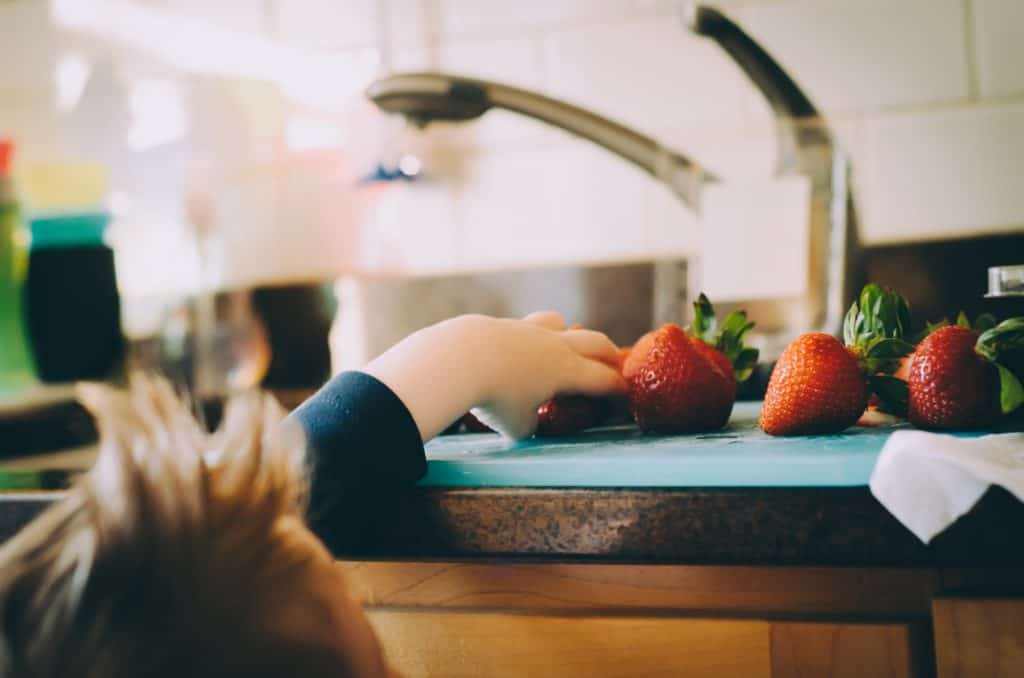
Kitchen Closed or Open Kitchen?
Let me ask you this: Is your kitchen always open, always a mess, always in production?
Is your child constantly roaming in and out, looking in the pantry or refrigerator for something to eat?
Grazing on snacks? Helping himself to food without asking?
You probably know this isn’t exactly a healthy habit.
If you’re like other parents in America, having a kitchen open all day long wouldn’t likely work for you.
It might even make you quite frustrated and worried about the eating habits your child is developing.

How a Closed Kitchen Can Help
While some parents might believe that closing the kitchen is a cruel act toward children, I find it to be a healthy way to set limits.
Let me be clear, though: Closing the kitchen does not involve remodeling your kitchen, or adding new doors to close it off.
I’m not being literal here. I’m speaking figuratively.
What I mean by the phrase, ‘the kitchen is closed’ is this: The kitchen is off limits right now.
When you close the kitchen, it:
- Allows time between meals and snacks so that children can build up an appetite for meals
- Encourages predictability around the timing of meals and snacks
- Supports the foundation of structure and rhythm for daily meals and snacks
- Diverts children to other activities that have nothing to do with food
If your kitchen is always open, then:
- Limits around food and eating are missing, and it will be hard to be your best at parenting your child and food
- Food is harder to monitor because you’ll be unable to accurately track your child’s food consumption
- Your child is more likely to graze, snack frequently, and overeat
Setting Boundaries with Kids Helps (Especially with Food)
“The kitchen is closed right now,” is a particularly useful phrase when you’ve done a good job at providing meals and snacks on a schedule throughout the day.
You want to make sure you have regular times when the kitchen is open. For example, “The kitchen is open for breakfast (or for snack, for lunch, etc).”
Then, when your child comes to you an hour after eating dinner, wanting something else to eat, you can say “the kitchen is closed right now,” and set a clear boundary.
If this is initially upsetting to your child, assure him that another meal or snack will be available soon.
Be explicit with the timing of the next meal or snack.
For example, “The kitchen is closed right now, but it will be open for afternoon snack at 3 o’clock.”
Being clear with the timing reassures your child that he will get food in the future, which builds trust and a sense of security.
Granted, your child may not be happy to hear he has to wait, but he will gradually adapt and respect your food boundaries, learning to eat when meals and snacks are served.
Have you closed your kitchen? Or, used other food boundaries for your kids?
Need More Help with Feeding Kids?
I’ve got more parent education resources including parent classes, workshops and nutrition booklets to help you feed and nourish your child better. Take a look!
This article was originally published in 2010 and updated on April 12, 2020.
